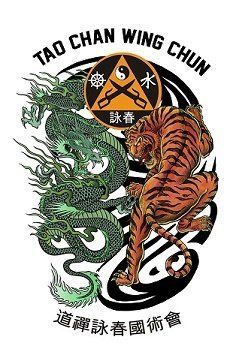Wing Chun History
Wing Chun is the highest style of the abbots of Shaolin, which was also a secret style in China. Its current name, "Wing Chun," which means "Ode to spring," goes back to the phrase "Eternal Spring" a term of Chan Buddhism symbolizing the highest state. When China was attacked 350 years ago by the wild hordes of the Qing army from Manchuria the South Shaolin Monastery was destroyed, the elders of the Shaolin rescued this secret style to restore the Ming Dynasty. Since the Manchus, which had Mongolian origins were usually much larger and stronger than the average Chinese, Wing Chun came as a style that was developed for smaller and weaker people without the use of muscle power.
Thus, Wing Chun does not contain one single technique that only looks "pretty", but all techniques have been optimized purely for practical use.
The style of Eternal Spring is also the forefather of many of today's Asian martial arts.
Tao Chan Wing Chun is the most original of all Wing Chun styles worldwide, as it unites the main line of the Ip Man Wing Chun lineage going back to the Shaolin Monastery, with the Chan Lineage of Shaolin which were separated for 350 years, first time under a Buddhist monk and Wing Chun Grandmaster.






